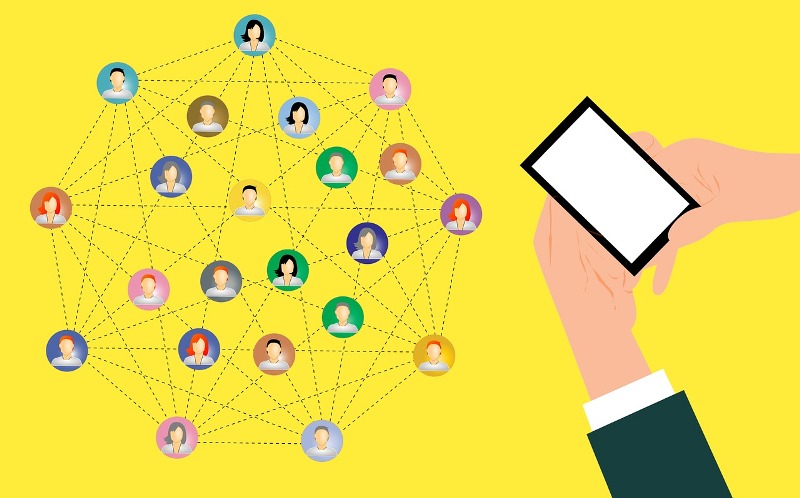All businesses are vulnerable to cyberattacks; unfortunately, incidents have become increasingly common in recent years. Cybercriminals have found many ways to target businesses and individual users, from phishing scams to ransomware attacks and data breaches. Understanding how cyberattacks work to protect your business against them is important.
This article will look at the different types of cyberattacks that businesses fall victim to and how they can be prevented.
1. Inadequate Security Measures
Businesses must implement robust security measures such as firewalls, an online VPN, antivirus software, secure passwords, and encryption algorithms. It's also important that employees are trained on how to identify potential scams or malicious emails so they don't accidentally give away confidential information or click on links that could lead to cyberattacks.
Additionally, organizations should monitor their networks for suspicious activity by running scans, checking logs for unusual traffic patterns, and implementing intrusion detection systems that monitor unauthorized access attempts.
2. Phishing Scams
One of the cybercriminals' most common methods of attack is phishing scams. In these scams, criminals send emails or instant messages (IMs) posing as legitimate companies or organizations to get personal information such as passwords, credit card numbers, or Social Security numbers from unsuspecting victims.
Phishing emails typically contain links that take users to fake websites designed to look like real ones. These sites then ask for specific information collected by the criminal. Protecting yourself from these attacks means never clicking on suspicious links or giving out personal information without verifying its legitimacy first.
3. Data Breaches
Data breaches occur when hackers access sensitive customer records, financial information, or employee data stored on a company's servers or computers. Once hackers gain access, they can steal this data or even modify it so that it cannot be recovered. Data breaches can lead to significant financial losses, reputational damage, and even legal repercussions for the affected business.
Companies should ensure their IT security systems are up-to-date and secure against potential threats. This includes using strong passwords, implementing multi-factor authentication solutions such as two-factor authentication (2FA), and keeping all software patches up-to-date with the latest security releases from manufacturers. In addition, companies should also use encryption technologies for any sensitive data that needs protection from potential hacks.
4. Ransomware Attacks
Ransomware attacks involve hackers gaining access to a company's network or computer system and encrypting files to become inaccessible until a ransom is paid off in return for the encryption key needed for decryption. Criminals have used ransomware attacks in recent years with devastating results. Once encrypted, files cannot be accessed unless the ransom is paid off before backup copies become available if saved properly beforehand.
Companies can protect themselves against ransomware attacks by having robust backup solutions in place and regularly patching their systems with the latest security updates so that attackers can't exploit any known vulnerabilities left untouched in those outdated versions instead. Companies should also educate their employees about identifying malicious emails and not clicking on suspicious links, sending them to email inboxes instead, accidentally or intentionally acting upon curiosity only.
5. Identity Theft Protection
In addition to these measures, companies should also invest in identity theft protection services which help detect unauthorized access attempts made using stolen credentials associated with corporate accounts set up within systems like Gmail. Many services offer advanced protection mechanisms such as two-factor authentication (2FA), which help reduce risks associated with account hijacking when implemented properly across multiple user profiles belonging to the same account while enabling an extra layer of verification requests before approving any unauthorized access attempts coming over via browser activity originating from unknown locations geographically speaking too if necessary.
5. Artificial Intelligence (AI)
Cybersecurity technologies such as Artificial Intelligence (AI) can also play a role in helping businesses detect threats before they become serious problems; AI-enabled tools can analyze large amounts of data looking for anomalies or suspicious activity which might otherwise go unnoticed by traditional means due to manual processes required for an investigation into potential incidents.
By having automated checks, running businesses can save time investigating potential issues while simultaneously increasing overall security levels since threats will be identified sooner rather than later allowing organizations time enough time to respond appropriately before any major damage has been done.
Conclusion
Businesses need to be aware of the dangers of cyberattacks and take steps to prevent them. Cybercriminals continuously come up with new ways to attack, so businesses need to keep up-to-date on the latest threats. By implementing security measures and educating employees about cybersecurity, businesses can reduce the chances of becoming a cyberattack victim.
Also Read: Write For Us Medical Category For Guest Blog Posting









